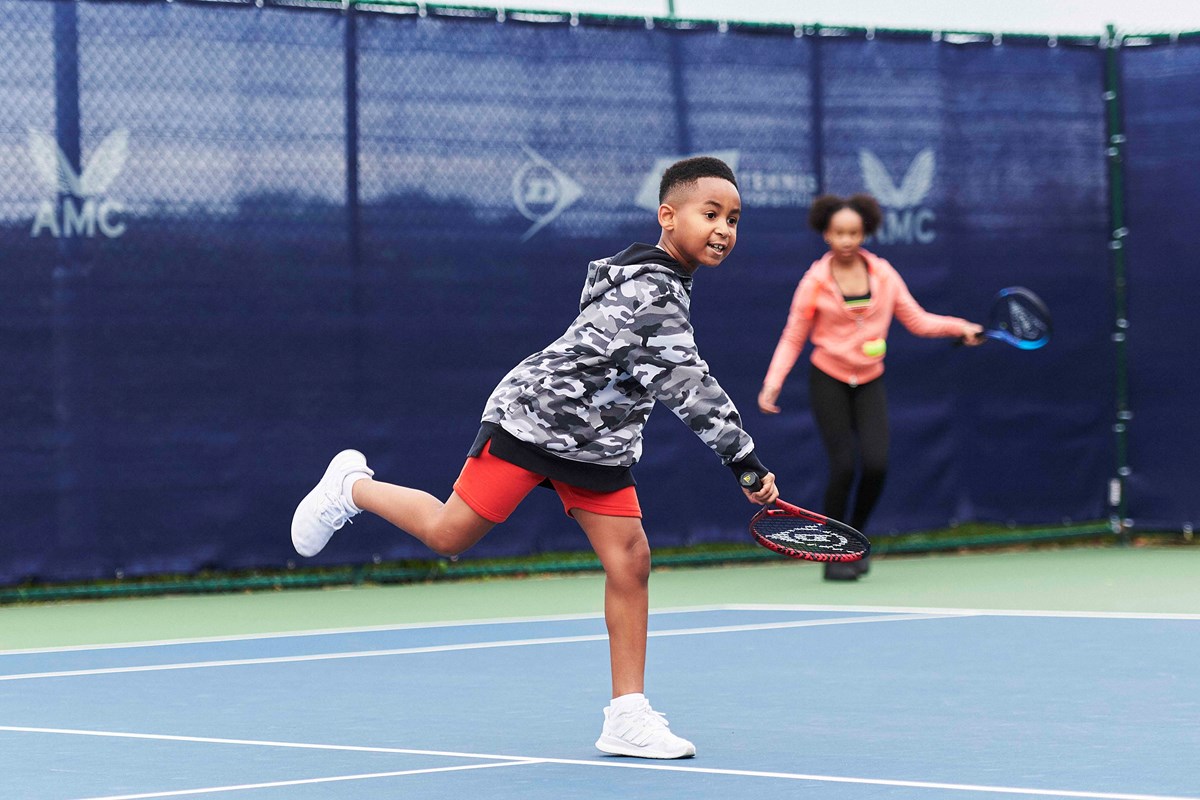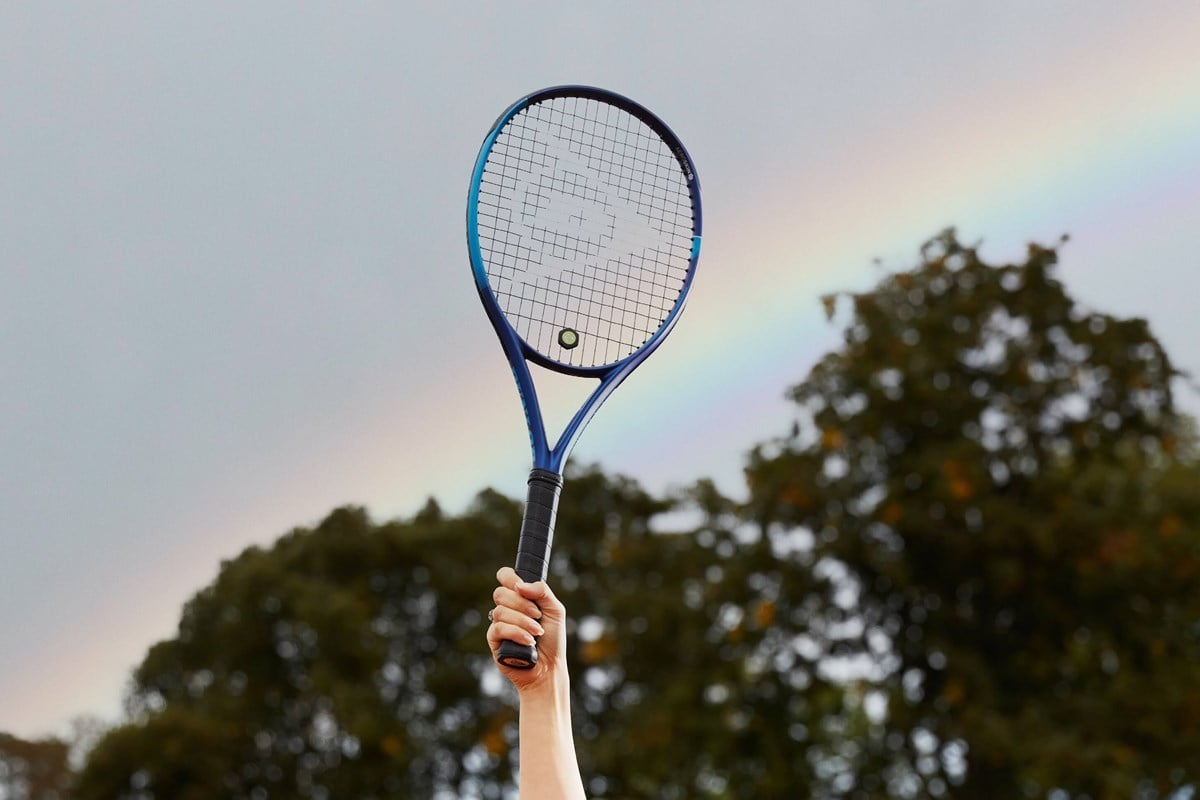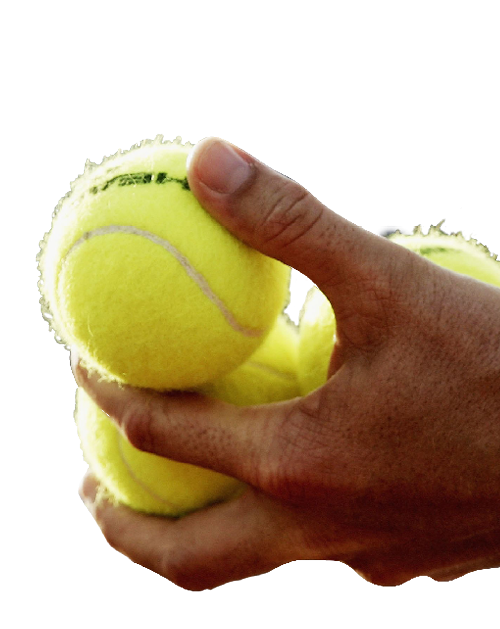
Don't make these mistakes when buying a tennis racket
• 4 minute read
Nothing beats a new tennis racket – whether it’s your very first racket or you’re looking to upgrade from your current equipment.
However, choosing a racket can be tricky with so many different options available, all offering something unique.
Our partners at Dunlop and Tennis-Point have picked out some of the common mistakes players make when picking a racket and how to avoid them.
Style over performance
It can be very tempting, when you buy a tennis racket to go with the one you think looks the best or has the coolest design.
Don’t get us wrong – you want to have a tennis racket that stands out, but there are other factors that will help you pick the best racket for you.
It’s important to choose a racket that’s suited to you and how you want to play. These days, most rackets are designed for a specific game style to emphasize different aspects of your game. The technology allows us to create racket heads and frames that can offer you increased spin, control, power or a blend.
For example, at Dunlop, the SX Series rackets are designed to give you the ultimate spin on your shots. If you need a racket that’s going to give you that extra boost of power the FX 500 series is just for you.
Before you buy any racket, be sure to do your research and see if it matches up with what you need and the way you play.
Ignoring grip size
One factor that’s often ignored when looking at buying a new tennis racket is the grip size.
There’s not much worse than going through the process of finding the right racket for you, picking out some strings, some new flashy accessories and then going to play it for the first time and realising it’s too big or too small in your hands.
Why is this important? Well first of all, it will impact the way you hit the ball with power and spin. More importantly though, it could cause injury to either your shoulder, wrist or elbow later down the line.
Grip sizes come on a scale from 0-5 – 0 being the smallest and 5 being the largest.
How to measure your grip size
Hold your hand open with fingers extended and close together.
Using a ruler, measure from the crease at the bottom of your palm to the top of your ring finger. Take the measurement in inches to the nearest 1/8 inch.
|
Measurement (inches) |
Grip size |
|
4 |
0 |
|
4 1/8 |
1 |
|
4 ¼ |
2 |
|
4 3/8 |
3 |
|
4 ½ |
4 |
|
4 5/8 |
5 |
Age doesn't matter?
There are certain rackets that are more suitable for different ages – from juniors to seniors.
Juniors

It goes without saying, but junior tennis rackets are made and designed specifically for kids, with a range of sizes for different ages. Generally, we’d suggest the following sizes for different ages, but obviously this is also dependent on the player themselves:
|
Age |
Racket Size |
|
8 or under |
17-23 inches |
|
8-9 |
23-25 inches |
|
9-10 |
25-26 inches |
|
10+ |
26-27 inches |
|
Adult |
27 inches |
If you’re looking for rackets created especially for junior players, we’d recommend the FX, SX and CX junior ranges.
Seniors

At the other end, lighter rackets with larger heads can be hugely beneficial for senior players.
Oversized tennis rackets are a fan-favourite amongst senior players because the larger head offers a bigger sweet spot so there is less impact of your shots.
Similarly with the weight, a lighter racket is easier on your arm to move and will make your shots more comfortable.
There are a wide range of oversized Dunlop rackets that can help you get the most out of your game, including the FX 700 and CX 200 OS.
Strings
A fresh set of strings can almost make as much difference as the racket itself.
As a simple rule of thumb, a player who hits the court twice a week should renew their racket's strings at least twice a year. Even beginners will benefit from new stringing immediately.
With strings, unlike rackets, the categories instead focus on durability, flexibility, and responsiveness when playing.
Tennis strings are divided into the following main categories:
- Synthetic Gut - a solid core that aims to improve durability, whilst the outer layer promotes playability. A very good all-round type of string, but not for string breakers!
- Multifilament - not as durable, but it more than makes up for its shortened shelf life with lots of feel, comfort, and power. Great for sufferers of tennis elbow.
- Polyester - a favourite among hard hitting players and often used in a hybrid with a softer synthetic gut or multifilament. Great for durability and spin.
- Natural Gut - traditional and the ultimate in playability. This string offers maximum comfort, power and feel.
- Hybrid stringing - hybrid strings consist of two different types of string, combining the benefits of both into one restring (for example, a durable main string, with a softer more playable cross string).
Take a look at the range of Dunlop tennis strings or speak to a Professional Racket Technician if you want more advice on the best strings to suit your game or racket.

Other tips
Here’s a couple of other tips to help you avoid making the wrong choice when picking your next tennis racket:
- Speak to your coach – if you have a tennis coach or know of a coach at your local park or club, speak to them about what type of racket would work best for you
- Demo rackets – while it’s not offered everywhere, some retailers and coaches will have demo rackets that you can trial before buying them. This is a great way to test a few different models to find the right fit
- Injuries – like we mentioned above, if you suffer from any injuries, particularly in your arms, picking a racket at the right size and weight is crucial
- Racket reviews – there are plenty of reviews out there for almost every tennis racket. Watch this video with an LTA expert coach reviewing the Dunlop range






